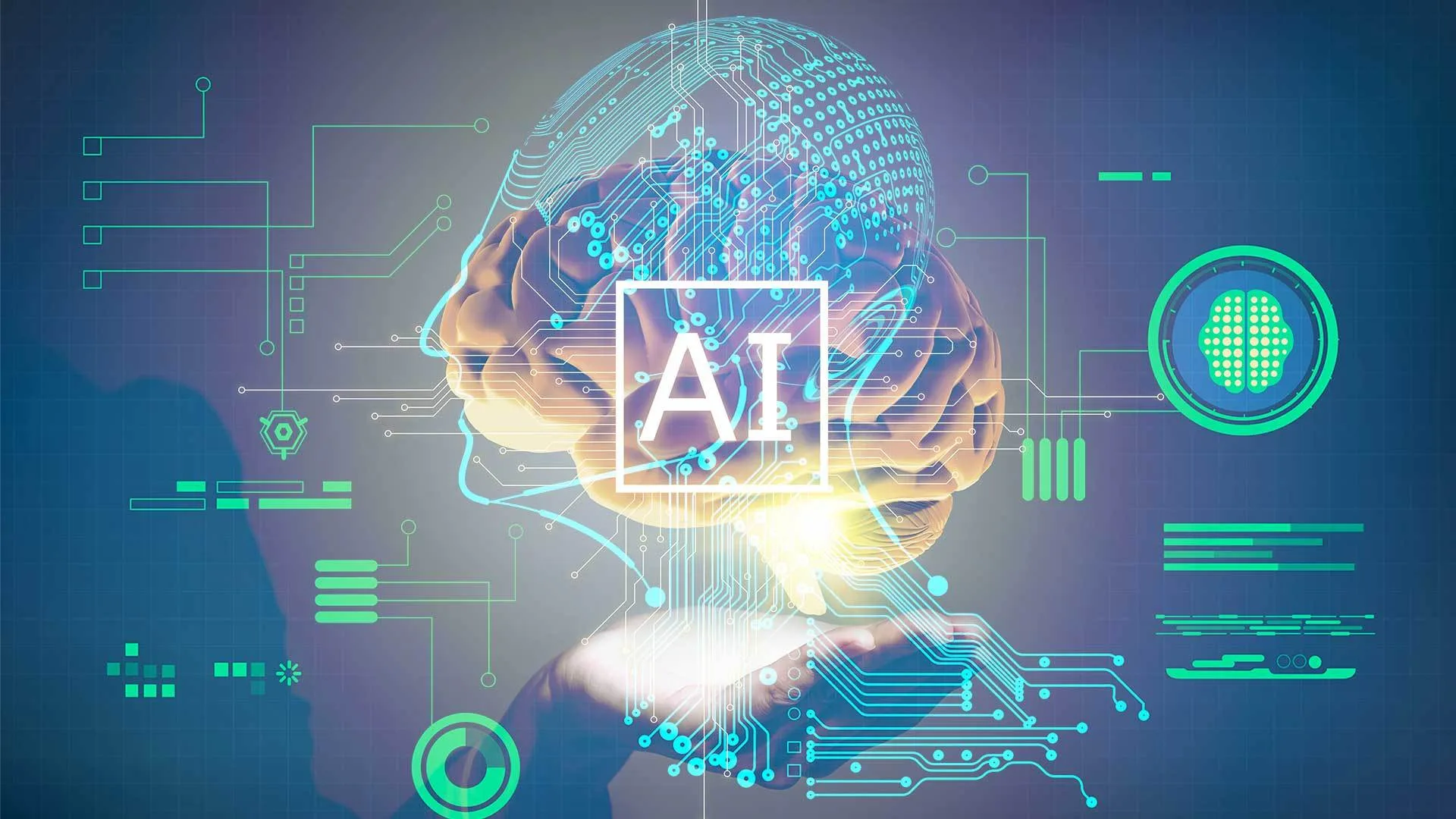AIRecent Developments in AI Technology The past year has witnessed significant advancements in artificial intelligence technology, profoundly impacting various sectors such as healthcare, finance, and transportation. In the realm of machine learning, researchers have enhanced algorithmic efficiencies, enabling systems to analyze and interpret data patterns with unprecedented accuracy. New frameworks such as TensorFlow 2.0 and […]

